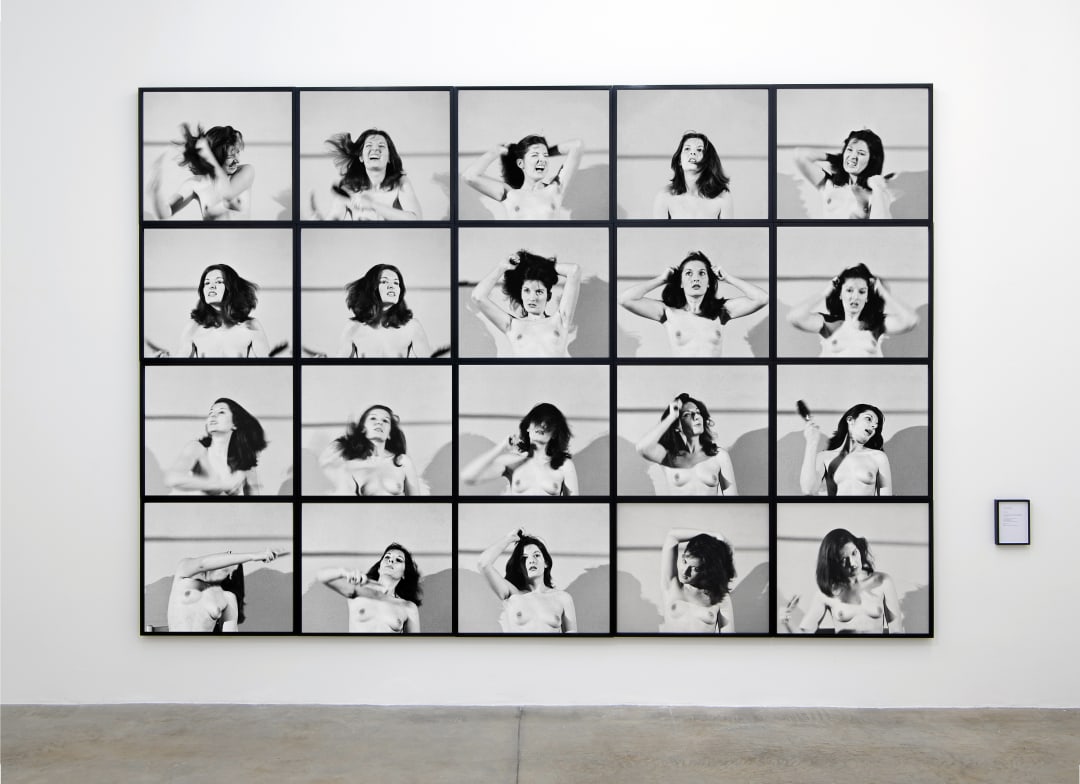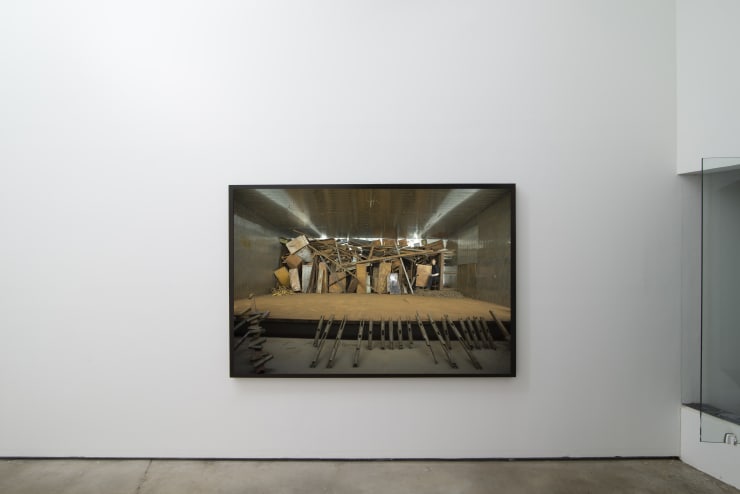Art Must Be Beautiful, Artist Must Be Beautiful
Past exhibition
Overview
Luciana Brito Galeria is pleased to announce the show "Art must be Beautiful, Artist must be Beautiful", underscoring the presence of women artists and reinforcing the importance of their research for the gallery’s program. The title is a nod to the homonymous work by Marina Abramovic while tersely summarizing the concept of the project, aimed specifically at presenting significant and representative works by the artists featured in the show: Fabiana de Barros (1957, São Paulo), Liliana Porter (1941, Buenos Aires), Regina Silveira (1939, Porto Alegre), Rochelle Costi (1961, Caxias do Sul), Marina Abramovic (1946, Belgrade, Serbia), and Paula Garcia (1975, São Paulo). Within this set, the work by Rochelle Costi, Coleção da Artista [Artist’s Collection], gains special meaning not only for representing a counterpoint to the work by Marina Abramovic, but also for catalyzing this selection conceived by the curatorship.
Art must be Beautiful/Artist must be Beautiful, 1975–2010, by Marina Abramovic, is one of her most emblematic works. It is recording of a performance where she incisively criticizes the art circuit through the physical limit of the female body itself. At a historic moment, the artist violently brushed her own hair, an aesthetic symbol of femininity, until exhaustion, while repeating the title phrase over and over. This action refers to the resistance of the woman in the often austere field of contemporary art. The work by Paula Garcia, Crumbling Body (documentação de performance #2) [Crumbling Body (documentation of performance #2), 2015, also speaks of resistance. The artist creates situations of physical and psychological clashing to allude to concepts related to the body and to associate them with current thematics, supported by academic theories, such as philosophy.
The gallery is also presenting works by the artists Regina Silveira and Fabiana de Barros. Regina Silveira, an artist highly representative of the history of Brazilian art, is presenting the never-before-shown work “Corredores para Abutres” [Corridors for Vultures], 1982–2020, a series of historic drawings that show the possible paths taken by birds (or, metaphorically, by other more pejorative interpretations of “vultures”) and was recently engraved by laser on slate slabs. For her part, Fabiana de Barros (who since 1996 has formed the artist duo FABMIC together with Michel Favre), is presenting a multimedia approach concerning social issues. The prints of the series Auto Psi, 2007, portray various stories of people who participated in the urban action of the same name, where the artists offered a free a taxi trip in exchange for stories created on the basis of images they showed to the passenger.
The work by Liliana Porter deals with the ambiguity existing between reality and representation. Her sensitive view of human nature leads her along a more playful path, which can, however, also be ironic or even sadistic. In Situation with Roller Barrel, 2008, Liliana Porter uses small objects to create one of her so-called theatrical vignettes, that is, a situation that problematizes the wounds of our consciousness. Rochelle Costi works with emotional memory, through the device of the image. Her research is based on her own repertoire of imagery, using the practices of collecting and photography as important and complementary elements. The installation Coleção da Artista, 1993–2020, being shown here for the first time, is a poetic summary of the artist’s investigation. Throughout nearly 40 years, she has gathered 300 hearts, a paradoxical symbol that can refer to either sentimental romanticism or an oxygenating pulse of life.
Installation Views
Works















